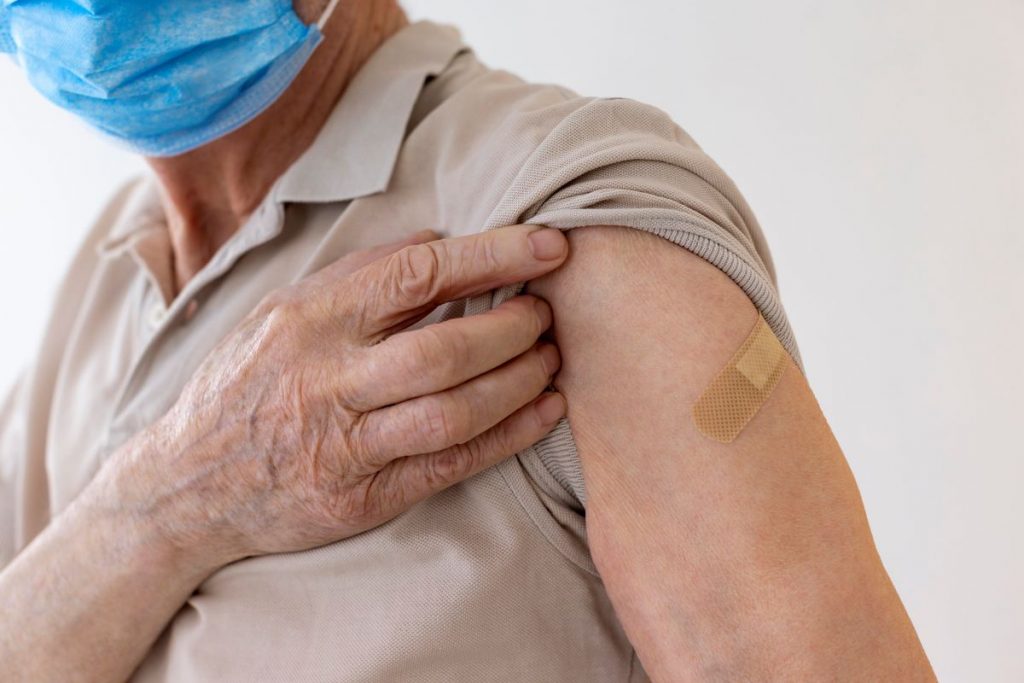A 63-year-old man (ISN) experienced sudden onset of tingling in his right occipital region and right homonymous hemianopia, along with mild paresthesia of the right arm. He had a history of apical hypertrophic cardiomyopathy with apical aneurysm and preserved left ventricular systolic function. A subcutaneous implantable cardioverter defibrillator had been placed 16 months earlier, following several episodes of non-sustained ventricular tachycardia. He was asymptomatic with a normal exercise tolerance and had not experienced any implantable cardioverter-defibrillator (ICD) discharges. He had no history of hypertension, diabetes, smoking or atrial fibrillation, and no episodes of atrial fibrillation had been detected by his ICD.
Results
b) Stroke
The diagnosis of a cardioembolic stroke of left ventricular origin was made based on the known association of the anatomic finding with thromboembolism, and the absence of any evidence of atrial fibrillation or paradoxical embolization. The patient had a highly favorable response to thrombolytic therapy, likely related in part to the rapid initiation of treatment. The patient was discharged after a two-night stay with complete resolution of his neurologic deficits and with instructions to start rivaroxaban 20 mg daily.















